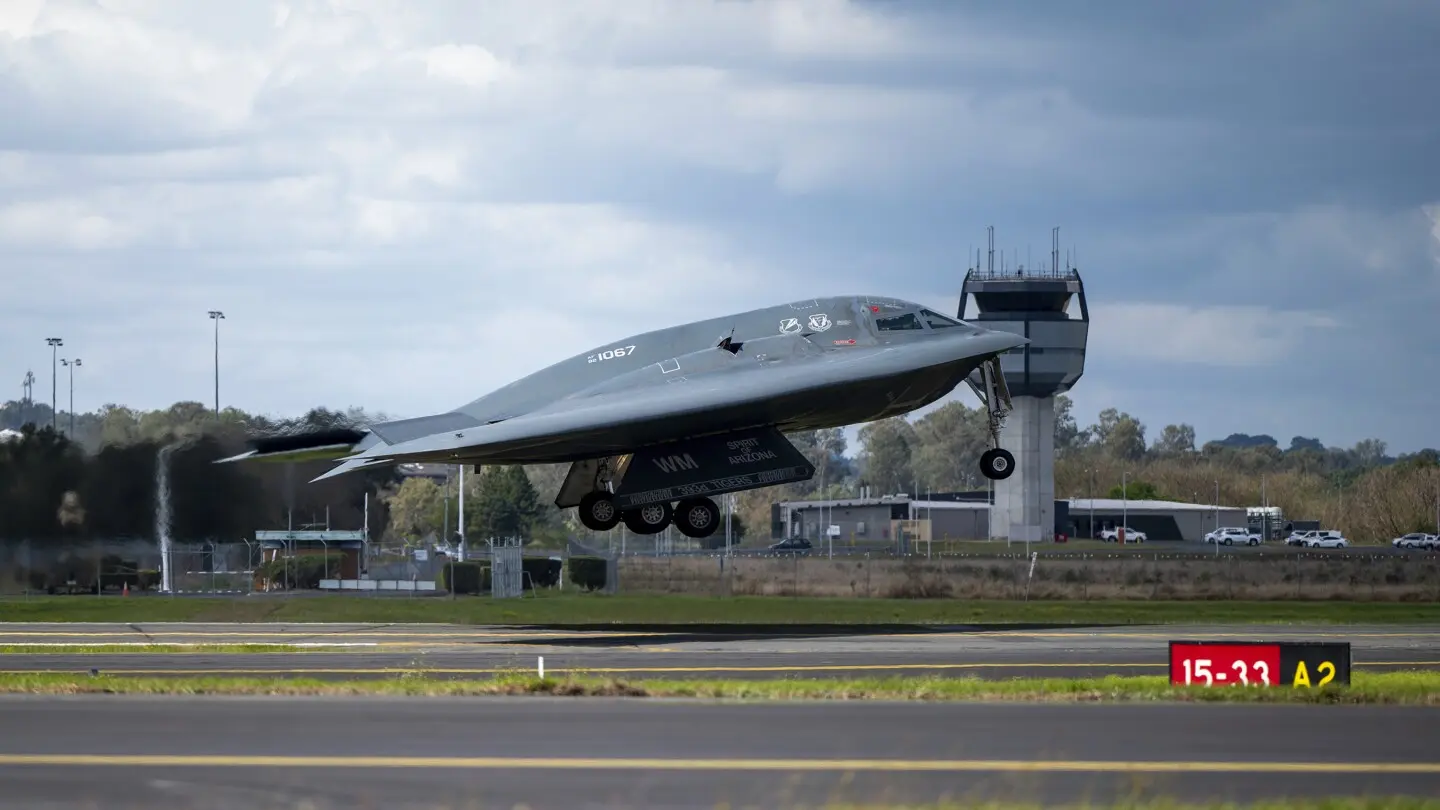The U.S. military unleashed B-2 stealth bombers to target underground bunkers used by Yemen’s Houthi rebels early Thursday, a major escalation in the American response to the rebels’ attacks on Mideast shipping lanes that appeared to be a warning to Iran as well.
While it wasn’t immediately clear how much damage the strikes caused, the attack appeared to be the first use of the B-2 in combat in years and the first time the flying wing targeted sites in Yemen.
In announcing the strikes against the Houthis, who have been attacking ships for months in the Red Sea corridor over the Israel-Hamas warin the Gaza Strip, U.S. Defense Secretary Lloyd Austin made a point to offer a warning likely heard in Tehran as well.



Oh, that’s an interesting thought. That topic was in the news recently relating to the prospect of Israel doing a strike on Iran’s underground nuclear facilities, discussion of whether Israeli warplanes could carry a bomb capable of penetrating Iranian nuclear bunkers. The answer was that they couldn’t carry a huge bomb, but I commented that with the precision of modern guided bombs, they might be able to just strike the same place multiple times, and I saw a subsequent article also raising that possibility, so it’s not just me.
I remember reading an interesting comment on Reddit some years back on how Iran was actually a world leader in UHPC, though, and I have no idea whether they’ve provided that to the Houthis; it might be specific to Iran.
https://en.wikipedia.org/wiki/Types_of_concrete#Ultra-high-performance_concrete
goes looking for something more-authoritative than a Reddit comment
Yeah, looks like it.
https://www.machinedesign.com/markets/defense/article/21833836/super-concrete-shielding-iranian-nukes
EDIT: The author deleted his comment (unfortunately; I think that it was insightful), but the gist of it was that it raised the point that it might be possible that the B-2 was necessary to carry a large, bunker-busting bomb.
EDIT2: He was also correct when he said that the B-2 was one of the only aircraft capable of carrying some large, penetrating weapon; the MOP appears to fit that bill.
Interesting stuff.
I deleted it since I started doubting what I wrote and didn’t really have the time to look into it.
The New York Times stated that this was specifically asked the Pentagon, given the phrasing of their announcement and got a no-comment. It’s certainly a good thought.
https://www.nytimes.com/2024/10/17/us/politics/houthis-strike-stealth-bombers.html
EDIT: Reading the above, maybe the situation is basically both of the two guesses here combined.
It’s a message to Iran, and the reason that the B-2 specifically is involved in that message is because it can drop very large bunker-busters, which could presumably penetrate Iranian facilities.